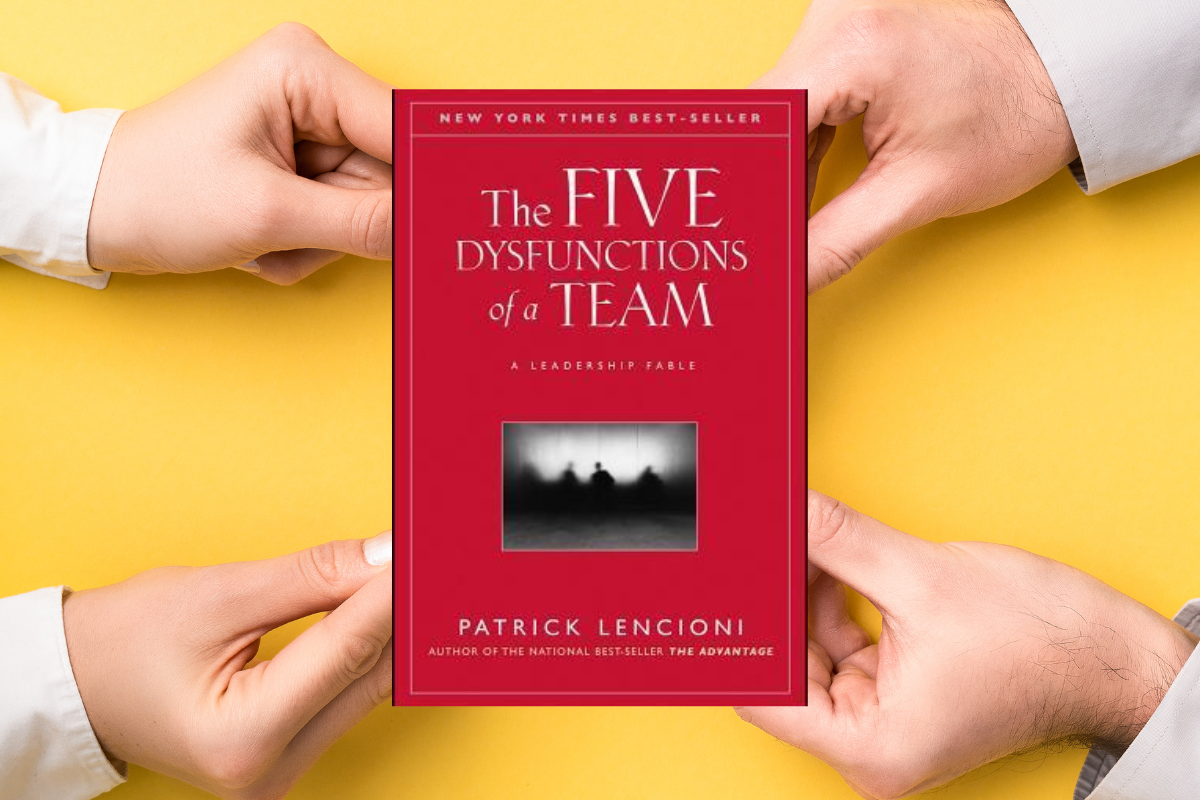I finally got around to a book that’s been sitting on my “should-read” list for years — and I’m glad I did.
Only, I didn’t read it. I found a workaround: I listened to the audiobook while walking my dog and driving 🚶♀️🚗 — productivity win!
The Five Dysfunctions of a Team by Patrick Lencioni is a modern classic for anyone who leads, manages, or works with people (aka: all of us).
💭 What I thought before reading it:
I considered myself pretty effective at building high-performing teams — we hit goals, we had fun, we moved fast.
But here’s the thing…
After finishing this book, I realized something humbling:
There’s always another level.
Even teams that “get things done” can carry hidden dysfunctions that limit their full potential.
🧩 What are the 5 Dysfunctions?
Lencioni breaks down the root causes of team underperformance into five key areas:
- Absence of Trust — when team members don’t feel safe to be vulnerable.
- Fear of Conflict — when people avoid necessary (and healthy) debates.
- Lack of Commitment — when clarity is missing and buy-in disappears.
- Avoidance of Accountability — when no one’s holding each other to standards.
- Inattention to Results — when ego, status, or individual goals take priority.
Honestly? Once you read them, you start seeing them everywhere — even in good teams.
📖 What makes this book different?
It’s told as a story — much like Deadline by Tom DeMarco — making the concepts super digestible and applicable.
You’re not just learning theory; you’re watching a team go through it.
It’s the kind of book you finish and immediately start mentally diagnosing your current team.
🎯 My takeaway?
I’ve still got work to do — and that’s exciting.
Leadership isn’t a finish line. It’s a constant iteration.
And this book gave me new language, new tools, and new awareness to level up as a team leader.
👉 Who should read this?
- Project managers & delivery leads
- Founders & team leads
- Anyone working in or around teams (that’s 99% of us)
- People who hate boring business books but still want real insights
Have you read this book or seen any of these dysfunctions in action?
Drop a comment below — I’d love to compare notes 👇








